Insights into our work
APPROACHES AND FACILITIES
SystemLink conducts research at the site scale using unique mesocosm facilities (Floodplain or riparian stream mesocosms). This work is complemented either by landscape scale (joint multiple riparian sites) or by batch scale work (joint pot experiment).
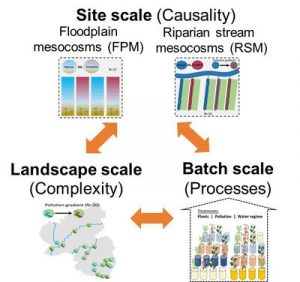
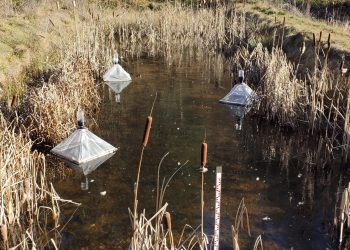
Site scale
Floodplain Mesocosms (FPM)
At the Eusserthal Ecosystem Research Station (EERES, about 20 km west of Landau) of the UKL, 12 Floodplain Mesocosms (FPM), each 21 m x 7 m x 1 m (water volume; approximately 25 m³) have been created particularly for SystemLink. They are used to set up an experimental riparian transition zone in which different parameters (inundation regime, invasive plant species) will be manipulated over the first three years of SystemLink supporting collaborations of several doctoral projects.
Coordination: Andreas Lorke & Mirco Bundschuh
Riparian Stream Mesocosms (RSM)
Close to the river Queich in the eastern part of Landau, 16 replicated experimental riparian stream mesocosms (RSM) are used by SystemLink researchers. Each mesocosm contains an artificial stream channel (about 10 m long, 50 cm wide and 10 cm deep). The surrounding terrestrial habitat is covered by a 1-mm mesh gauze on all sides including the roof leading to a dimension of each mesocosm of about 15 x 6 x 2 m). This results in 16 independent replicates, in which studies focusing on emerging aquatic and terrestrial insects and their interaction with terrestrial predators, i.e. spiders, are conducted involving several doctoral projects.
Coordination: Ralf Schulz
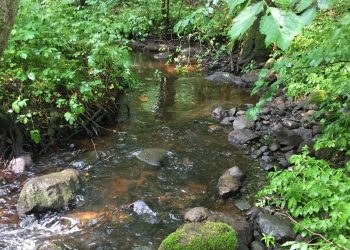
Landscape scale
A total of 20 joint stream sections will be studied forming a gradient of water pollution according to upstream land-use. To avoid confounding effects of local land-use on the terrestrial ecosystem, all sections will be selected within near-natural surrounding habitats (riparian forest). Depending on the hypothesis of the respective doctoral project, a different subset of streams will be studied, and multiple sampling sites may be established within each stream section.
Coordination: Martin Entling & Ralf Schäfer
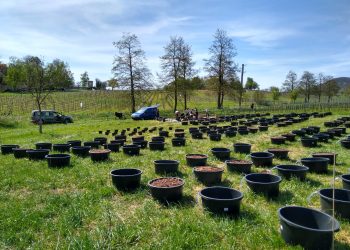
Batch scale
„Fully-controlled batch-scale experiments as Joint Pot Experiments (joint PE), as well as artificial laboratory or outdoor microcosms, will evaluate the response of terrestrial plants and associated organisms to varying levels of anthropogenic stressors (e.g., fungicides and invasive species) from aquatic systems. All experiments will be performed under standardised conditions using terrestrial microcosms of approximately 1 m² ground surface. Also, food web interactions will be analysed using native and invasive terrestrial plants, and associated herbivores (leafhoppers, weevils) and spiders as natural predators. All the experiments will be largely conducted at the iES in Landau.“
Coordination: Kai Riess & Verena Rösch
